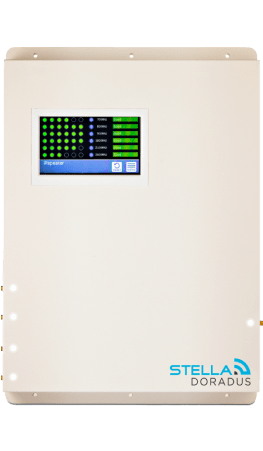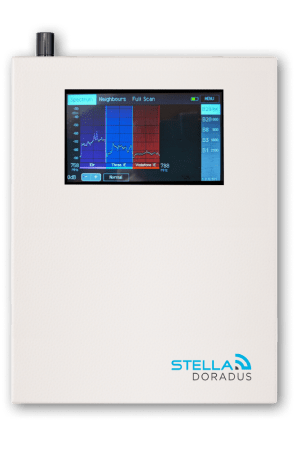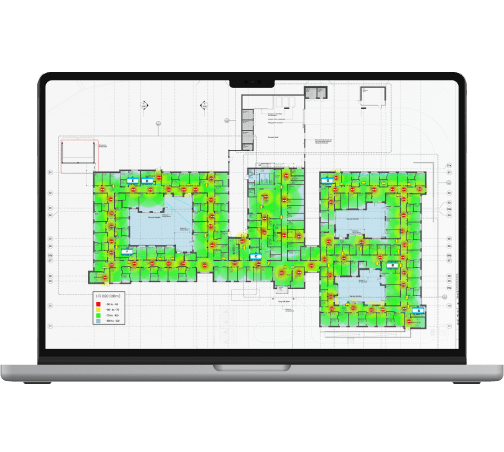In this article, I will discuss a problem that can arise with repeater installations in cities.
This problem can arise when you install the outdoor antenna on a very high building that has views over the city.
If the building is very high, from the roof, the outdoor antenna can see across the city. It can also probably see hundreds of cell towers. This is where the problem lies.
If you do this type of installation, you may find that when you test the system, some calls get dropped and data speeds may be poor.
The question is, how can calls be dropping when the outdoor antenna is up so high, with such a great view of the city, and all the cell towers?
The reason is called the , “Multiple Base Station Issue”. (MBSI)*
MBSI
MBSI is when the outdoor antenna can see many cell towers (base stations) across the city.
The signal from all these cell towers, perhaps hundreds of them, is received by the outdoor antenna which is then sent to the repeater. The repeater sees this signal as one strong signal source. The repeater reacts to this strong signal by attenuating/controlling it.
If the repeater does not attenuate this strong signal then it is likely that components(amplifier chips) inside the repeater can be damaged.
When the repeater attenuates all these signals, it does not differentiate between one cell tower and the next. All are attenuated equally.
So why does this result in dropped calls?
So, when you are on a phone call inside the building, your phone is connected to one specific cell tower. But now, because of the heavy attenuation added to all the signals entering the repeater, the signal from our cell tower is also attenuated and therefore very weak.
The result is dropped calls and poor data speeds.
How do we solve this problem?
Ideally, we only want to amplify the cell tower that we are connected to. Look at the diagram below.

A:
Here we are using a Yagi antenna which is pointing out across the city, where there are many cell tower in view. The Yagi has a beam-width of about 90 Degrees. so it is receiving many many cell tower signals. However, our phone likes to connect to one specific Orange operator cell tower.
The repeater adds attenuation to control this strong aggregated signal from all the cell towers. Therefore the signal from the Orange tower is also attenuated, and we end up with a weak Orange signal. In this circumstance we may dropped calls for Orange.
B:
Here we are using a special parabolic narrow beam-width antenna, (Laser Antenna), that is pointed at our specific Orange cell tower. This special antenna has an ultra narrow beam width with extremely reduced side lobes. The effect of this antenna is to strongly reduce the signal from all the other towers whilst increasing the signal from the tower in the main narrow beam, ie our Orange cell tower.
The Laser is a special antenna made by Stelladoradus, and is designed for just this purpose. Please contact us if you are interested in this antenna for your installations.





